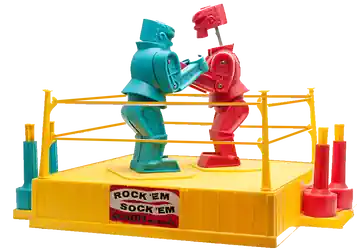
Toys have been an integral part of human culture, reflecting not only the creativity and imagination of their creators but also the societal norms and technologies of their times. From simple playthings carved from natural materials to sophisticated collectibles that fetch high prices at auctions, toys encapsulate history in miniature.
Ancient Beginnings
The history of toys can be traced back thousands of years. Archaeological evidence shows that children in ancient civilizations like Egypt, Greece, and Rome played with toys. In Egypt, for example, toys included dolls, balls, and figures of animals and gods. A notable find in an Egyptian tomb from 2000 BCE included a doll with movable limbs, suggesting even then, toys were designed for interactive play. Similarly, in ancient Greece, children played with clay and wooden dolls, some of which were articulated, allowing for movement. These ancient toys weren’t just for amusement; they were tools for learning about the adult world, from farming to warfare.
The Middle Ages to the Industrial Age
During the Middle Ages, toys were primarily handmade from wood or cloth, reflecting the materials available at the time. By the 19th century, with the advent of the Industrial Revolution, mass production became possible, leading to a boom in toy manufacturing. Dolls from this era, like those made by German and French manufacturers, were often crafted from bisque, a type of fine porcelain, giving them a more lifelike appearance. These toys, like the French Jumeau dolls, are now highly sought after by collectors for their intricate detail and historical significance. Explore more.
The Golden Age of Toys: 20th Century
The 20th century is often referred to as the golden age for toy manufacturing due to the vast array of innovative toys introduced. The early part of the century saw the popularity of tin toys, particularly from Japan and Germany, which included wind-up mechanisms for movement. These toys, like the classic tin robots from the 1950s, are now prized for their mechanical ingenuity and charming designs.
The Middle Ages to the Industrial Age
During the Middle Ages, toys were primarily handmade from wood or cloth, reflecting the materials available at the time. By the 19th century, with the advent of the Industrial Revolution, mass production became possible, leading to a boom in toy manufacturing. Dolls from this era, like those made by German and French manufacturers, were often crafted from bisque, a type of fine porcelain, giving them a more lifelike appearance. These toys, like the French Jumeau dolls, are now highly sought after by collectors for their intricate detail and historical significance. Explore more.
The Golden Age of Toys: 20th Century
The 20th century is often referred to as the golden age for toy manufacturing due to the vast array of innovative toys introduced. The early part of the century saw the popularity of tin toys, particularly from Japan and Germany, which included wind-up mechanisms for movement. These toys, like the classic tin robots from the 1950s, are now prized for their mechanical ingenuity and charming designs.
